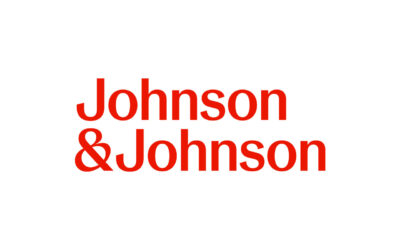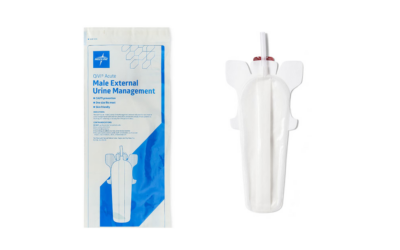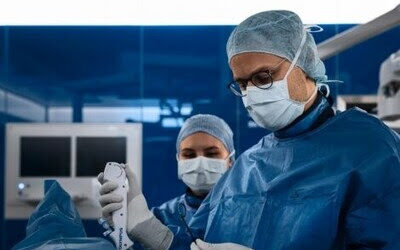Over the past 30 or so years, we have witnessed a major shift in the surgical industry, particularly with respect to where surgery is performed. In the 1980s there was an explosion of new ambulatory surgical centers around the country, and a major exodus of cases from the hospital setting to the ASC.
Most of these cases were relatively small operations, particularly procedures like tonsillectomies, uterine curettage, cystoscopies, tubal ligations and many other cases that no longer required admission to a hospital. As time and technology have advanced, we are now seeing another sea change in this field as many procedures are now being shifted to the office setting.
Why is the office venue so important? Two reasons: volume and quality. In a report included in a 2008 patient safety oriented issue of ObGyn Clinics of North America, it was reported that there is an incredible number of outpatient encounters each year, and almost a billion are in doctor offices.
But as we know, there is little to no oversight of quality and safety in the office setting. The culture of safety that pervades the inpatient and ASC worlds has yet to be fully embraced by the office paradigm – though this is changing gradually as more procedures are moving to the office.
In 2006, more than 24 million surgical procedures were done as outpatient – but the majority of these were in ASCs, not the office. Since then, payers, doctors and even patients are driving many of these to the office setting. This is because payers can pay far less for procedures done in an office setting without facility fees, anesthesia and other components, compared to a simple doctor’s office. Patients often have smaller or no co-pays if they undergo a procedure in an office; and in most cases, the surgeon is reimbursed substantially more for a procedure reformed in the office – even after paying for equipment and disposables – can realize a significant profit.
On the safety side, office-based surgery has become accreditable; and this is increasingly necessary as we move more complex procedures to the office and as the potential for error and harm increases.
A landmark study done by the Florida Board of Medicine from 2000-2002 demonstrated a startling difference in adverse events and deaths when the office setting was compared to the ASC environment: a more than 10-fold increase in each indicator. In general, the only real difference was the site of service. In most cases the same surgeons were doing them and the same procedures were being done; the only difference between the two sets of data was the location of the procedure.
It is very likely that the shocking difference in outcomes is related to the lack of a system in the office. There is less teamwork in the office and less clear definition of roles as they relate to the performance of procedures.
There may also be less safety equipment and back-up systems. It seems then that we need to address process in the office if we are to bring the safety and quality up to the level it is in the ASC setting.
So even though there are clear advantages to all stakeholders, moving some procedures to the office setting should and does raise serious concerns about safety and quality. As the Florida study shows, even very good doctors can have problematic outcomes in a setting not designed for the performance of surgical procedures. For that reason then, it is important that if one is contemplating doing procedures in the office, it would be helpful to create an office system that mirrors one in a more formal facility.
Such a system should include at least the following:
1. A “Policies and Procedures” manual that clearly defines roles of all staff (including the provider’s role) and designates a medical director for the office, whose chief responsibility is safety and quality.
2. Proper staffing with people trained for the actual jobs they will be performing, and who should be credentialed as would any ASC staff members. Staff should be trained and re-trained regularly, and the office should conduct quarterly emergency drills, so that when a real emergency crops us, everyone knows how to deal with it.
3. In addition to credentialing, all privileges of surgeons should be formally delineated, and should reflect the privileges a surgeon has in any local facilities. In other words, the office should not be the last resort for someone who is unable to get privileges in an actual ambulatory facility.
4. Proper equipment that is designed for the procedures being performed, and which is kept in good working order. All inspections and maintenance should be documented.
There are a lot more elements to consider in setting up your office for procedures, but our scope and space are limited in this article. Two excellent sources for more information are the “WHO Guidelines for Safe Surgery 2009” (found at www. who.org) and the “Report of the Task Force on Patient Safety in the Office Setting” found on the ACOG website (www.acog.org).
Dr. DeFrancesco is the Chief Medical Officer of Women’s health Connecticut and has been a surveyor for the AAAhC for almost 20 years. he is a past president of AAAhC and serves on its board of directors. he is also the national secretary of the American College of Obstetricians and Gynecologists, has been active in many quality improvement and patient safety activities, and has been a practicing ObGyn for almost 30 years.









